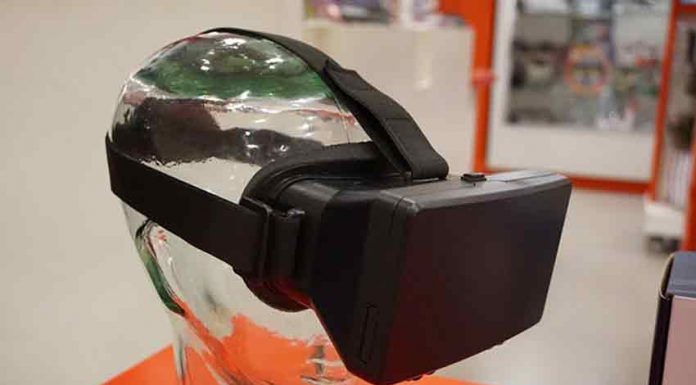As technology advances, it continues to remove barriers to globalisation, which has displaced workers in many countries through outsourcing. Although technology also contributes to unemployment with its ability to automate jobs, it can be part of the solution. Augmented reality can provide new skills to unemployed and underemployed workers, as well as career opportunities for those without a technical background.
For example, a technician wearing smart glasses or using mobile AR applications can view step-by-step instructions with graphics superimposed on machinery to repair it. Technology offers a visual way to learn and solve problems in the zone of proximal development, which is the difference between what learners can do without help and what they can do with help.
At the Performance Augmentation Lab at Oxford Brookes University, in England, we discovered (as have others elsewhere) that AR applications can enhance human performance by helping people learn tasks more quickly and with fewer errors. In fact, we can capture what experts do and then allow trainees to mimic that, observing how to complete tasks through visual instruction provided in situ on the actual objects, rather than simply being told how to. This enables learning by experience.
With advancements in AR and wearables such as smart glasses, the time, effort, and cost to train and promote workers in various industries will be reduced drastically. This is especially true in production, science, and medicine. Examples include providing procedural guidance for helicopter maintenance technicians, repair procedures for astronauts on the International Space Station, and diagnostics for doctors in training using imaging data to guide them through procedures. The applications, once mature, can then be applied to other work environments.
The IEEE Standards Association (IEEE-SA) is developing standards for what it calls “next-generation, working-class computing,” which includes AR and wearables. The technologies will provide audio, visual, and even tactile features for real-time and on-the-job training.
IEEE-SA also is developing technical standards for visual learning-focused applications for devices such as smart glasses. These standards will help grow AR content and training markets, and provide skills to those who need it most: workers in jobs at risk of automation.
The pursuit of novel AR applications is leading to fierce competition among technology vendors and training companies. Although some products are already available, AR is in its infancy. Open standards to advance its innovation and adoption are critical. Standardization would prevent the technology from being monopolized by a handful of big companies through proprietary content models, interfaces, and protocols, and will allow opportunities for innovators.
AR will not solve all the world's problems, but the technology's ability to retrain workers will have a positive influence on society.
The author Fridolin Wild is a volunteer with the IEEE Standards Association and a Senior Research Fellow at Oxford Brookes University.











